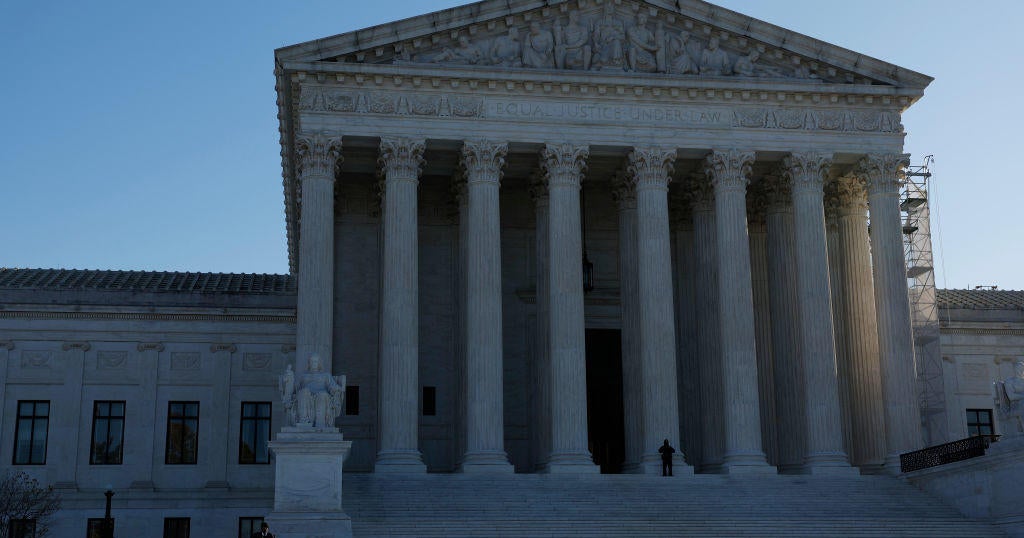Here's how each Supreme Court justice voted to decide the affirmative action cases
The Supreme Court decided 6-3 and 6-2 that race-conscious admission policies of the University of North Carolina and Harvard College violate the Constitution, effectively bringing to an end to affirmative action in higher education through a decision that will reverberate across campuses nationwide.
The rulings fell along ideological lines. Chief Justice John Roberts wrote the majority opinion for both cases, and Justice Clarence Thomas, Neil Gorsuch and Brett Kavanaugh wrote concurring opinions. Justice Sonia Sotomayor wrote a dissenting opinion. Justice Ketanji Brown Jackson has ties to Harvard and recused herself in that case, but wrote a dissent in the North Carolina case.
The ruling is the latest from the Supreme Court's conservative majority that has upended decades of precedent, including overturning Roe v. Wade in 2022.
Here's how the justices split on the affirmative action cases:
Supreme Court justices who voted against affirmative action
The court's six conservatives formed the majority in each cases. Roberts' opinion was joined by Thomas, Samuel Alito, Gorsuch, Kavanaugh and Amy Coney Barrett. The chief justice wrote that Harvard and UNC's race-based admission guidelines "cannot be reconciled with the guarantees of the Equal Protection Clause."
"Respondents' race-based admissions systems also fail to comply with the Equal Protection Clause's twin commands that race may never be used as a 'negative' and that it may not operate as a stereotype," Roberts wrote. "The First Circuit found that Harvard's consideration of race has resulted in fewer admissions of Asian-American students. Respondents' assertion that race is never a negative factor in their admissions programs cannot withstand scrutiny. College admissions are zerosum, and a benefit provided to some applicants but not to others necessarily advantages the former at the expense of the latter. "
Roberts said that prospective students should be evaluated "as an individual — not on the basis of race," although universities can still consider "an applicant's discussion of how race affected his or her life, be it through discrimination, inspiration, or otherwise."
Supreme Court justices who voted to uphold affirmative action
The court's three liberals all opposed the majority's decision to reject race as a factor in college admissions. Sotomayor's dissent was joined by Justice Elena Kagan in both cases, and by Jackson in the UNC case. Both Sotomayor and Kagan signed onto Jackson's dissent as well.
Sotomayor argued that the admissions processes are lawful under the Equal Protection Clause of the Fourteenth Amendment.
"The Equal Protection Clause of the Fourteenth Amendment enshrines a guarantee of racial equality," Sotomayor wrote. "The Court long ago concluded that this guarantee can be enforced through race-conscious means in a society that is not, and has never been, colorblind."
In her dissent in the North Carolina case, Jackson recounted the long history of discrimination in the U.S. and took aim at the majority's ruling.
"With let-them-eat-cake obliviousness, today, the majority pulls the ripcord and announces 'colorblindness for all' by legal fiat," Jackson wrote. "But deeming race irrelevant in law does not make it so in life."
Melissa Quinn contributed to this report.



